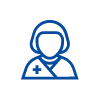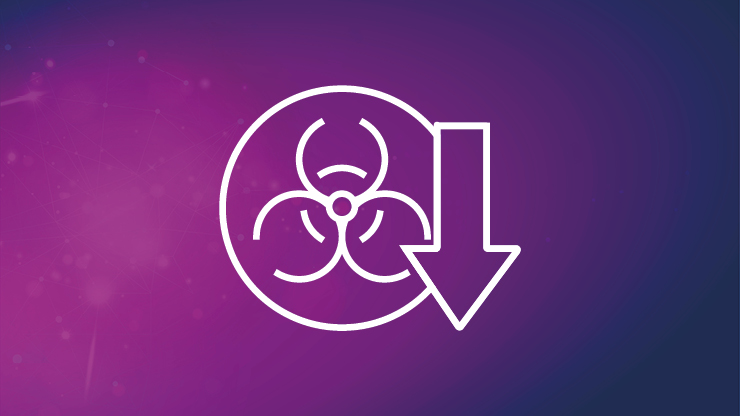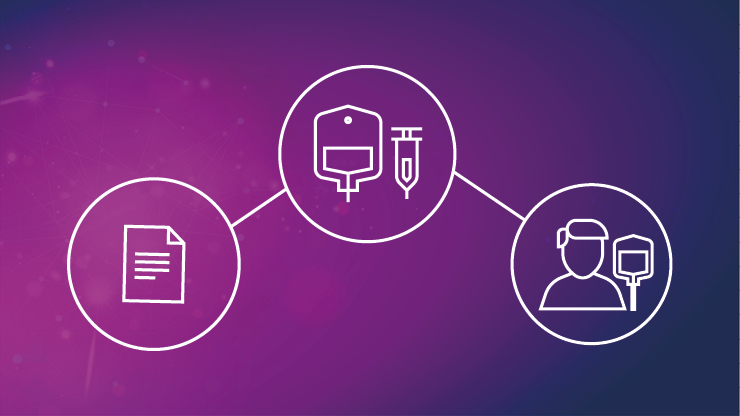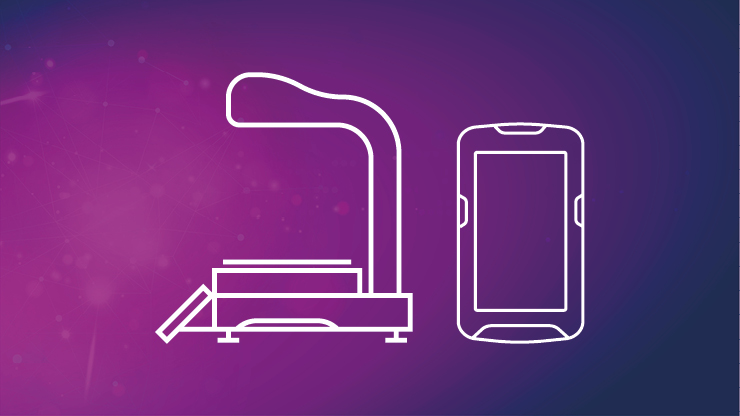Issues affecting the work of oncology nurses
Traditional workflow processes often involve considerable amounts of paper files
and phone calls to transfer patient data. This creates opportunities for losing vital
information and the potential for miscommunication. Departments that this
information is transferred between are often disconnected, and it is difficult to have
oversight of the full patient pathway with a paper-based workflow process; did the
patient receive their full regimen last time without incident? Has pharmacy finished
compounding their medication that is due now?
Added to this, paper-based workflow processes can often be time consuming, and
prone to error due to missing, incorrect or illegible documentation. Not only does
this take nurse time away from patient-facing or other value-added tasks but can
also negatively impact patient safety.
Oncology treatment plans are becoming increasingly complex, and new drugs continually being approved for use. The
administration process therefore requires high levels of concentration, and often a second member of staff to perform
verification checks. This isn’t easy in a busy environment where staffing levels are already short, and there are frustrated
patients waiting for their treatment.
The implications of medication errors within oncology can be severe. Not only may they result in the use of resources to
investigate and rectify the error, a patient requiring additional treatment, increased length of hospital stay, and possible
damage to an organisation’s reputation, but they can also have a significant psychological impact on the nurse and other
healthcare staff involved in the error. Implementing solutions to improve oncology efficiency and reduce the chance of
error, therefore, benefits both patients and staff involved in their care.
Improving efficiency with automation
Streamlining workflows by moving from paper-based processes to automated systems can help improve oncology
efficiency and deliver time savings. This can result in an increased capacity of the service and allow nursing staff to invest
more time in direct patient care and other value-added activities.
An example of an automated system that achieves this is BD Cato™.
BD Cato™ an integrated, automated* software solution that provides support through all stages of intravenous (IV)
chemotherapy prescribing, preparation and administration. It allows nurses to track what stage a patient’s medication is
at within the compounding process, reducing the need for constant phone calls to pharmacy. Amendments to a patient’s
treatment are updated in real-time within the system, allowing clear communication to the nurse. Bed plans can be
electronically scheduled, helping to ensure effective organisation of the day unit workflow. As BD Cato™ can interface
with hospital information systems, nurses can easily view patient information relevant to their therapy plan, such as the
results of their recent blood tests.
Another automated solution to improve efficiency for oncology nurses is with barcoded medication administration
technology, such as BD Cato™ ReadyMed.
BD Cato™ ReadyMed is a simple and intuitive documentation, checking and tracking solution used by nurses during
the drug administration process. The hand-held device is used to scan the patient’s wristband and the barcode on the
medication, and through interfacing with BD Cato™ confirms the medication is correct for that patient, and so the nurse
can proceed with the administration of it. For administrations that traditionally required a second nurse check, this
manual check will no longer be required with BD Cato™ ReadyMed.
Through electronic verification and documentation, BD Cato™ ReadyMed can improve the efficiency of the oncology
administration process for nurses by reducing 50% of the steps compared to a standard manual IV chemo
administration workflow3. The improvement in efficiency was demonstrated by a study at East Tallinn Central Hospital in
Estonia. The study reported a reduction in the time for medication administration on the oncology day unit from around
6 minutes per item to 41 seconds – a mean average saving of 5 minutes, 19 seconds per item. When calculated against
the unit’s throughput of 14,000 items per annum, this gives a saving of 3 hours, 24 minutes of nursing time per day,
equivalent to 0.425 full-time nurses per annum4.
Patient Safety
There is considerable overlap between efficiency and errors. For example, an accurate and appropriate treatment plan
that is correctly prescribed by a physician, prepared by pharmacy, and administered by a nurse prevents inefficiencies
occurring, such as having to use time and resources to remake a dose when there has been a compounding error.
However, apart from improving process efficiency, error prevention is crucial in improving patient safety.
Chemotherapy prescribing is often a complex process, and the risks of incorrect prescribing can be severe on a patient.
The use of Computerised Physician Order Entry (CPOE) systems, such as the prescribing module of BD Cato™, can
reduce the risk of prescribing errors when compared to paper-based prescribing. This has been demonstrated by two
independent studies which showed CPOE systems cut oncology medication error rates in hospitals by approximately
two-thirds when compared to handwritten prescriptions5,6. Not only does this give nurses more confidence that a patient
is receiving the correct treatment when they come to administer it, but also electronic prescriptions help ensure legible,
complete prescriptions for the nurses to follow.
Compounding accuracy within the pharmacy aseptic department is, of course, also critical in ensuring patients receive the
correct dose of medication. With a manual volumetric compounding method, often errors that occur can go undetected
and potentially reach the patient. This was demonstrated by a large-scale European multi-center study. The study
involved 759,060 chemotherapy preparations and showed the mean out-of-tolerance error rate during compounding to
be 10.44%.7 These errors were detected by an automated gravimetric technology system and able to be corrected. The
study concluded that it was unlikely these errors would have been detected using a manual compounding process.7
The use of an automated* IV workflow software solution within the compounding process that integrates with barcode
scanners, gravimetric scales and cameras - such as BD Cato™- helps ensure the correct preparation of a drug. This can
provide reassurance to nurses that the medication they administer has been correctly prepared.
BD Cato™ ReadyMed helps oncology nurses perform the “5 rights” prior to drug administration - right drug, right dose,
right route, right patient, at the right time – upholding patient safety. BD Cato™ ReadyMed also guides nurses with
regards to the correct sequence of medication administration. Soft and hard stops are displayed immediately after
scanning the barcode if an error or deviation has been detected, informing the nurse. This helps prevent incorrect
administration of a medication.
Summary
Ultimately, it is nurses who administer oncology medication to patients and who need to have total confidence in the
pathway. BD solutions help provide nurses with this confidence by improving oncology efficiency and patient safety,
reducing the risk of clinical and operational errors occurring during the prescribing, compounding and administration
processes.
Additionally, by automating processes and connecting workflows with BD solutions, many resource-intensive tasks can be
reduced, such as those associated with manual documentation, manual compounding, and nurse second checks.
BD Oncology is committed to improving oncology efficiency and patient safety by providing connected workflows and
automating manual processes. Find out more today at www.bd.com/en-uk/our-solutions/oncology.
















